Are you ready to get a spring in your step?
It's springtime in Australia and you know what that means! The flowers are starting to bloom again, the grass looks a little bit greener and the ocean looks promising.
Springtime brings with it a sense of happiness, brightness and ease. It also brings a plethora of delicious, fresh and seasonal produce. My favourite part about spring? The salads of course! What can I say? I’m a foodie at heart.
Making spring salads can be even easier, more affordable and tastier than buying from a salad chain. It's time to say adios to the throw-a-chunk-of-lettuce-in-a-bowl-and-call-it-a-salad salad, the boring old garden salad with a dressing that's somehow too sweet and too salty at the family Sunday BBQ and say hello to deliciously fresh spring salads. Get ready to work more vegetables into your everyday life and dig your fork into spring salads in a snap.
Before we get our hands ready for some salad tossing, it’s important to remember what food’s in season to receive the maximum nutritional benefit and best possible taste.
If you’re in Australia, these fruit and vegetables are in season during Spring:
Artichoke, asparagus, avocado, beans, broad beans, broccoli, cabbage, carrot, cauliflower, cucumber, leek, lettuce, potato, radish, rocket, Silverbeet, snow peas, spinach, sugar snap pears, sweet corn, tomato and zucchini
If you’re in the United Kingdom, look out for these fruit and vegetables during Spring:
Asparagus, beetroot, broad beans, broccoli, Brussel sprouts, cabbage, cauliflower, celeriac, garlic, kale, leek, lettuce, morel mushrooms, onions, pea, radish, rhubarb, rocket, spinach, spring greens, swede and watercress
If you’re an American follower, try including these fruit and vegetables in Spring:
Artichoke, arugula, asparagus, beets, broccoli, butter lettuce, celery, collard greens, kale, lettuce, peas, peppers, rhubarb, snow peas, spring onions, spinach, swiss chard, turnip and watercress
Now that we’ve got our produce in order, it’s time to take it home.
But, where do we put it all?
No one likes to open the fridge door and find sad-looking, old vegetables and fruit (RIP to all those juicy mangoes once bought and forgotten).
Fruit and vegetables require different storage techniques to help keep them as ripe and delicious as possible. Mainly, we’re talking about temperature and humidity. Some vegetables are high in water content so when even small percentages of water loss occurs, we can get a limp and not so appealing looking vegetable... you don't want to be the one to take the cute out of a cutecumber!
When storing vegetables, I like to think about what my future self would appreciate. Before you think I'm crazy, just think about it. When you get home late and need to prepare dinner ASAP for hangry looking kids/partners/husbands/wives/siblings/friends or even yourself, the last thing you want to do is have to wash, chop and cook EVERYTHING! It's exhausting.
Before storing your vegetables, wash and dry all your leafy greens to save you time in the future. Once you’ve washed and dried your greens, store them in the fridge wrapped in paper towels to preserve their shelf-live. Also, avoid washing mushrooms and delicate herbs like mint and basil as this can spoil them quicker and turn them sludgey (you know what I'm talking about). You’ll thank your past self.
Whenever anyone tells me they're breaking up with an ex, I tell them to remove ties and cut off loose ends. The same goes for your vegetables. Remove ties, take off bands and trim off any loose, leafy ends. It's best for both you and your vegetables (and ex). Give your vegetables some room to breathe by piercing the bag and letting them breathe a little easier (would not recommend this one for an ex but, if you do decide to pierce your ex, don't blame me ;)!). The more crowded your produce is, the shorter it's potential shelf-life.
Now that everything's sorted, we can finally place everything in the fridge. Be sure to store your fruit and vegetables separately - there’s a reason most fridges have two compartments at the bottom. The majority of fruit emit high levels of ethylene which may prematurely ripen vegetables so be careful!
Once everything's in the fridge, it's time to take it out again to finally create our salad. That's what fridges are for after all.
If you're looking to create your very own supercharged salad, start off with a green-base like mixed leaves, spinach, kale or rocket (argula for my American friends). Then add the essential crunch factor like beans, cauliflower, carrot, celery, cucumber, radish, sprouts or onion. Next add a good quality protein such as quinoa, buckwheat, eggs, chickpeas, fish or meat. Drop in some good fats like avocado, flaxseed oil, olive oil or tahini. Finally, sprinkle on some nuts or seeds. Green it up further by adding flavoursome herbs such as mint, basil, coriander (cilantro) or parsley.
Check out my Super Seed Spring Salad below for the ultimate salad combo and let me know what you think.
Super Seed Spring Salad

Ingredients:
- 50 g 1/3 cup sunflower seeds
- 50 g 1/3 cup pepitas (pumpkin seeds)
- 20 g 1/3 cup sesame seeds
- 2 cups salad leaves, (Make up your own from rocket, spinach, butter lettuce, Romaine, Cos, kale, endive etc)
- 1 avocado, peeled, stone removed and cubed
- 2 tomatoes, julienned
- 1 cup snow peas, sliced on the diagonal
Cashew Nut Mayo
- 40 g 1/4 cup cashew nuts
- 2 teaspoons apple cider vinegar
- pinch sea salt
- ¼ of a shallot, finely diced
- 3 drops stevia liquid
- 4 tablespoons filtered water
- 1 TBS Love Your Gut powder
Method:
- Dry toast the seeds in a frying pan over medium heat until brown. Remove and set aside to cool.
- Place the dressing ingredients in a food processor and blend until smooth and creamy.
- Arrange the salad ingredients in a bowl, reserving a few of the seeds to scatter on top.
- Gently stir in the dressing to evenly coat the salad. Add the black pepper, the reserved seeds, and serve.


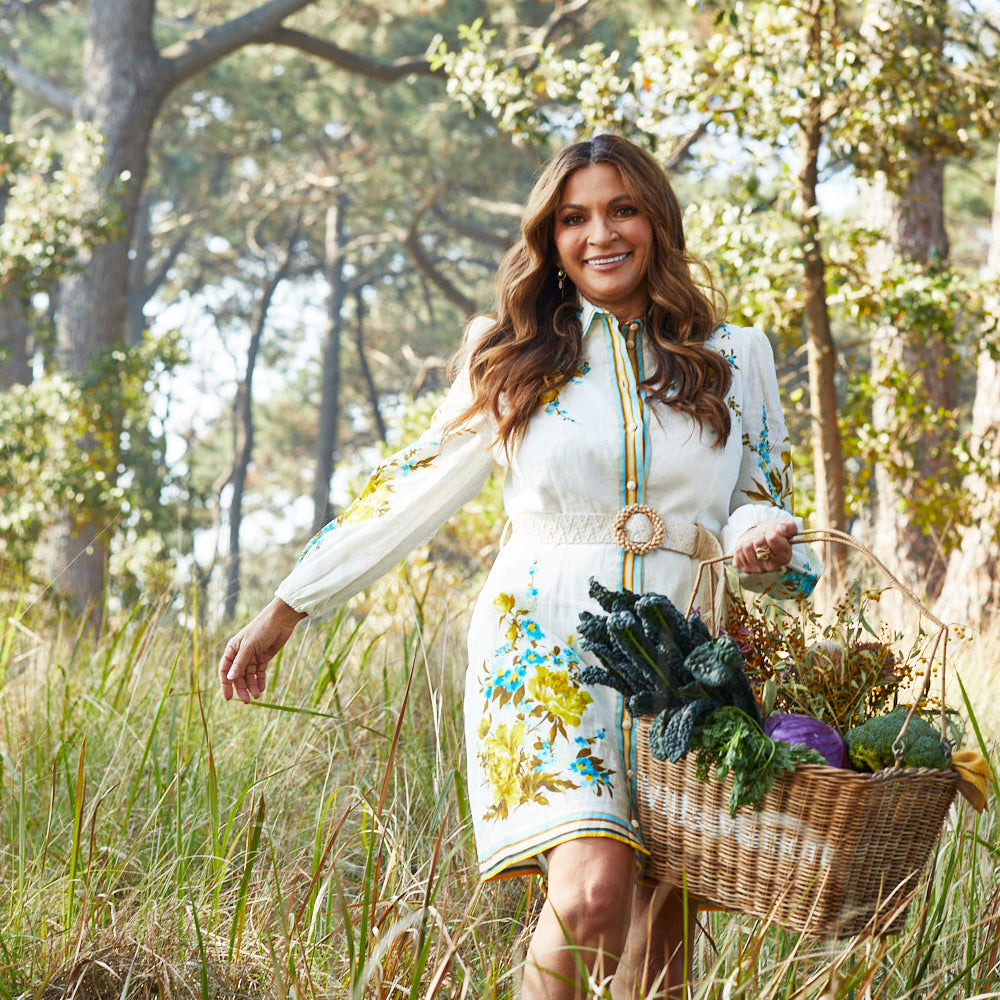
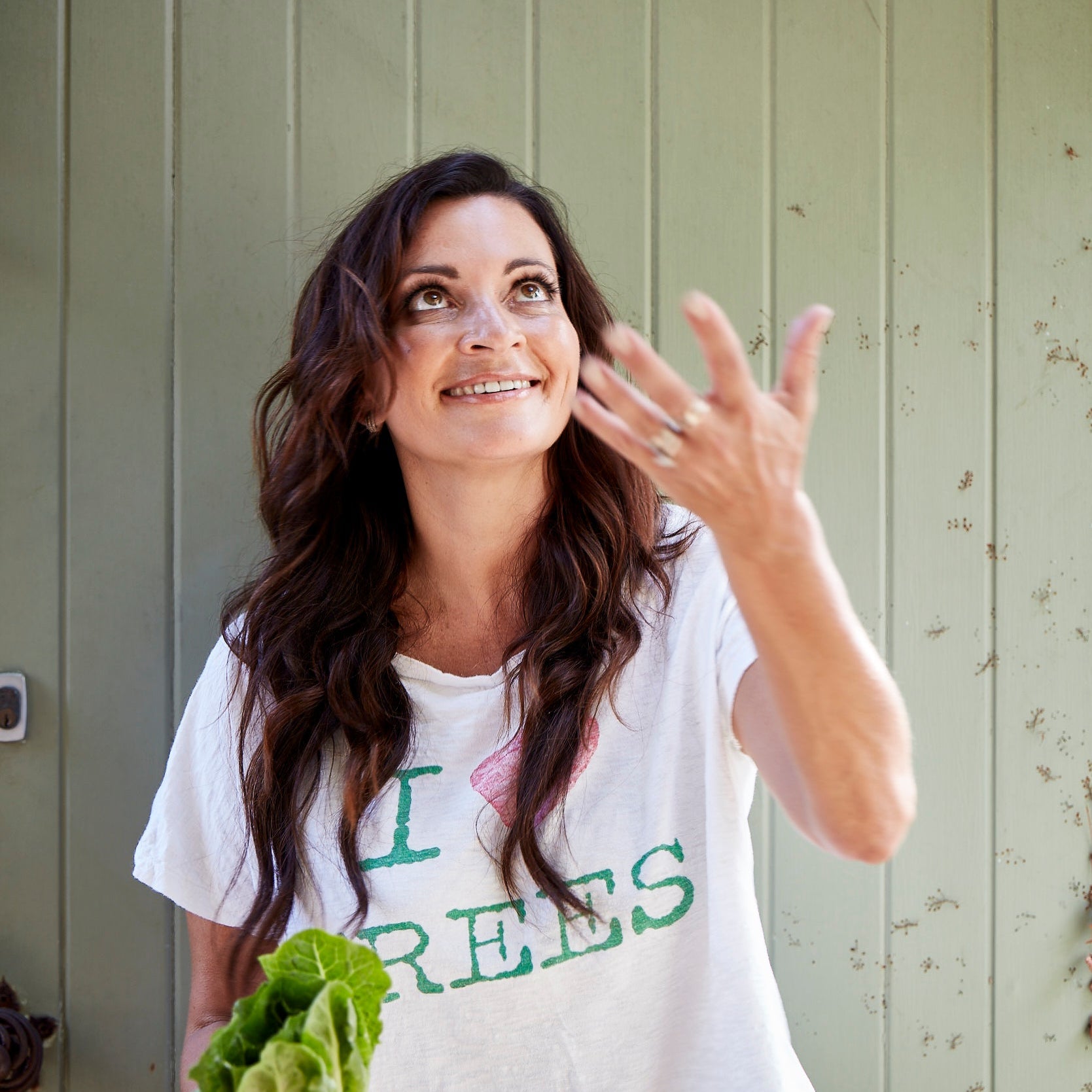
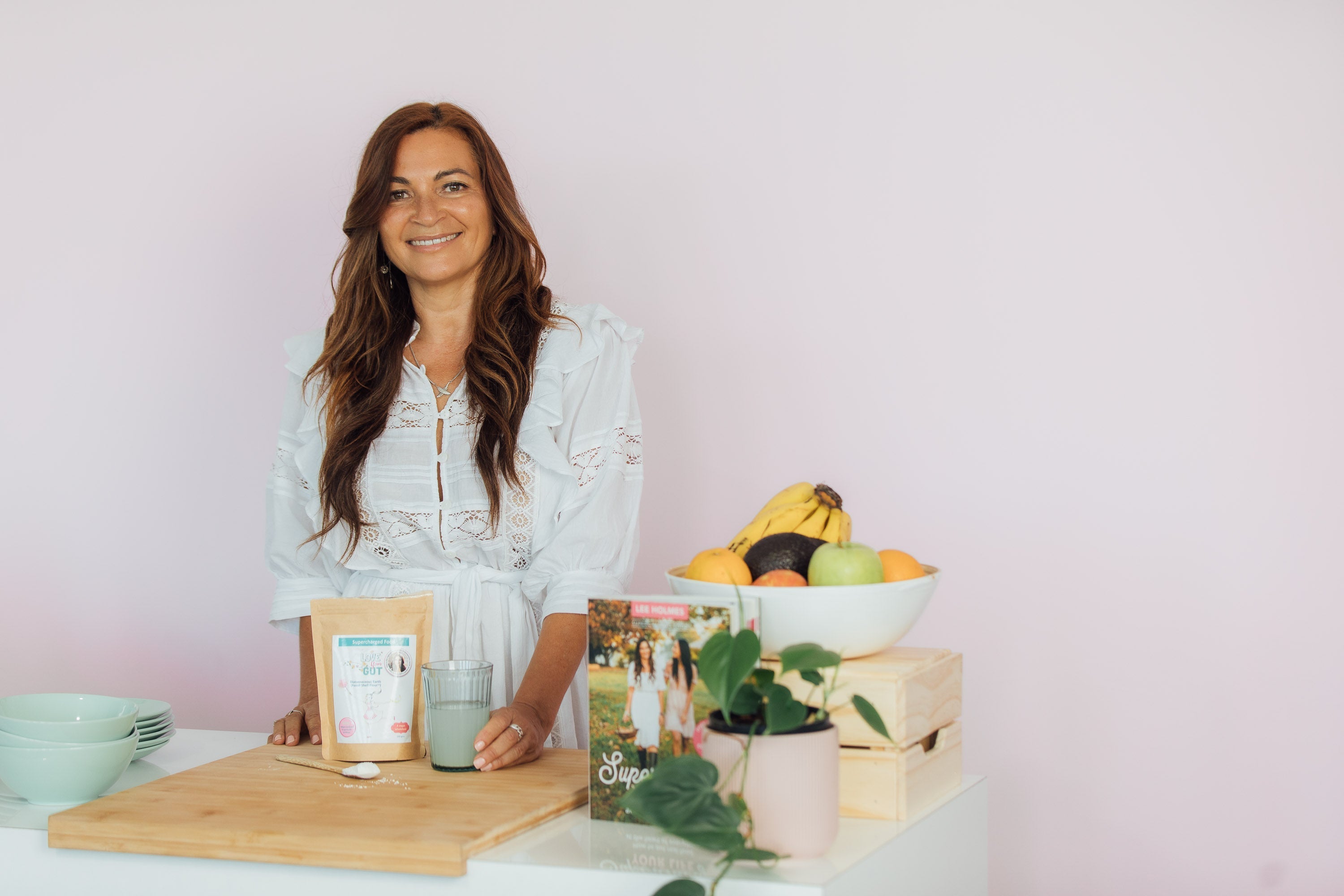
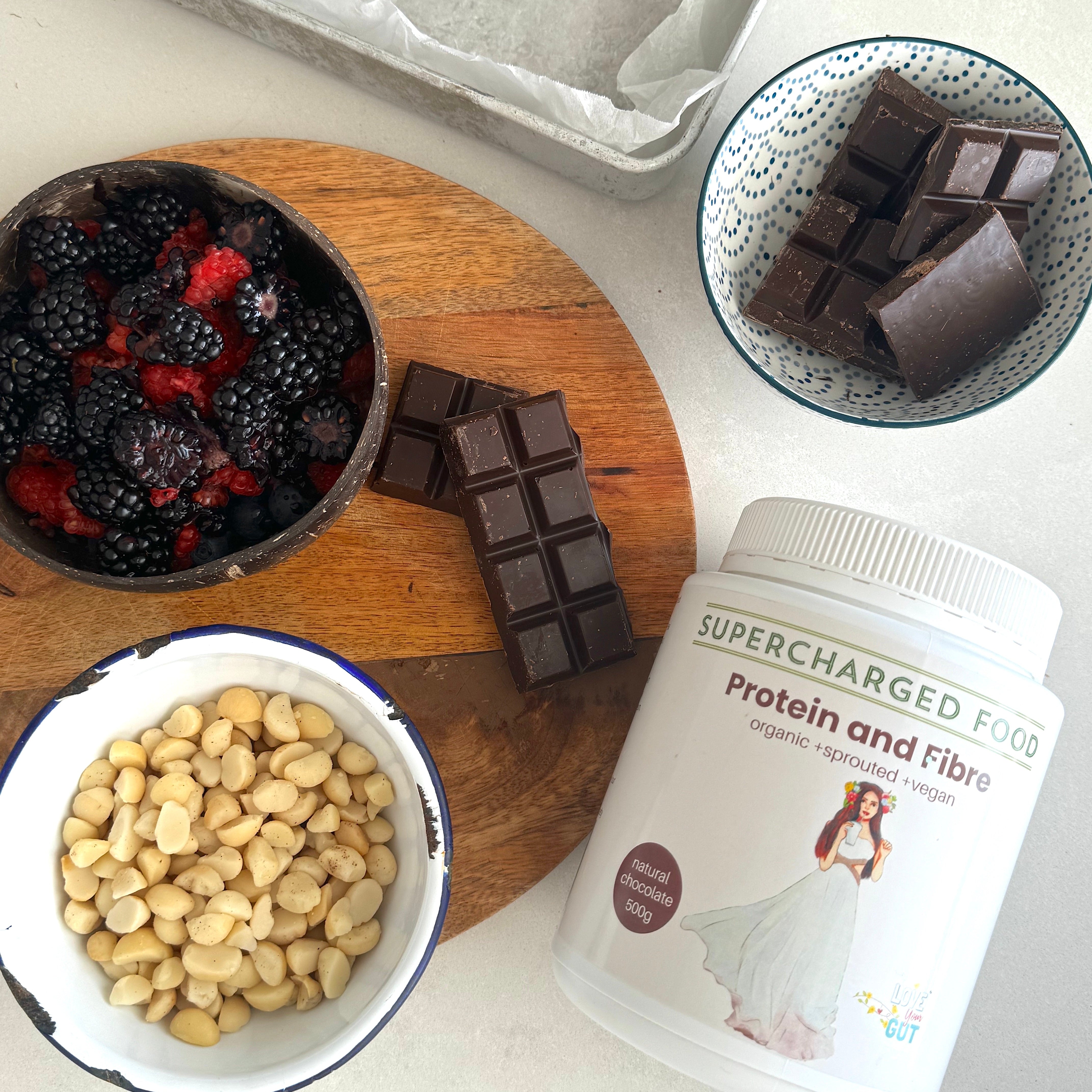
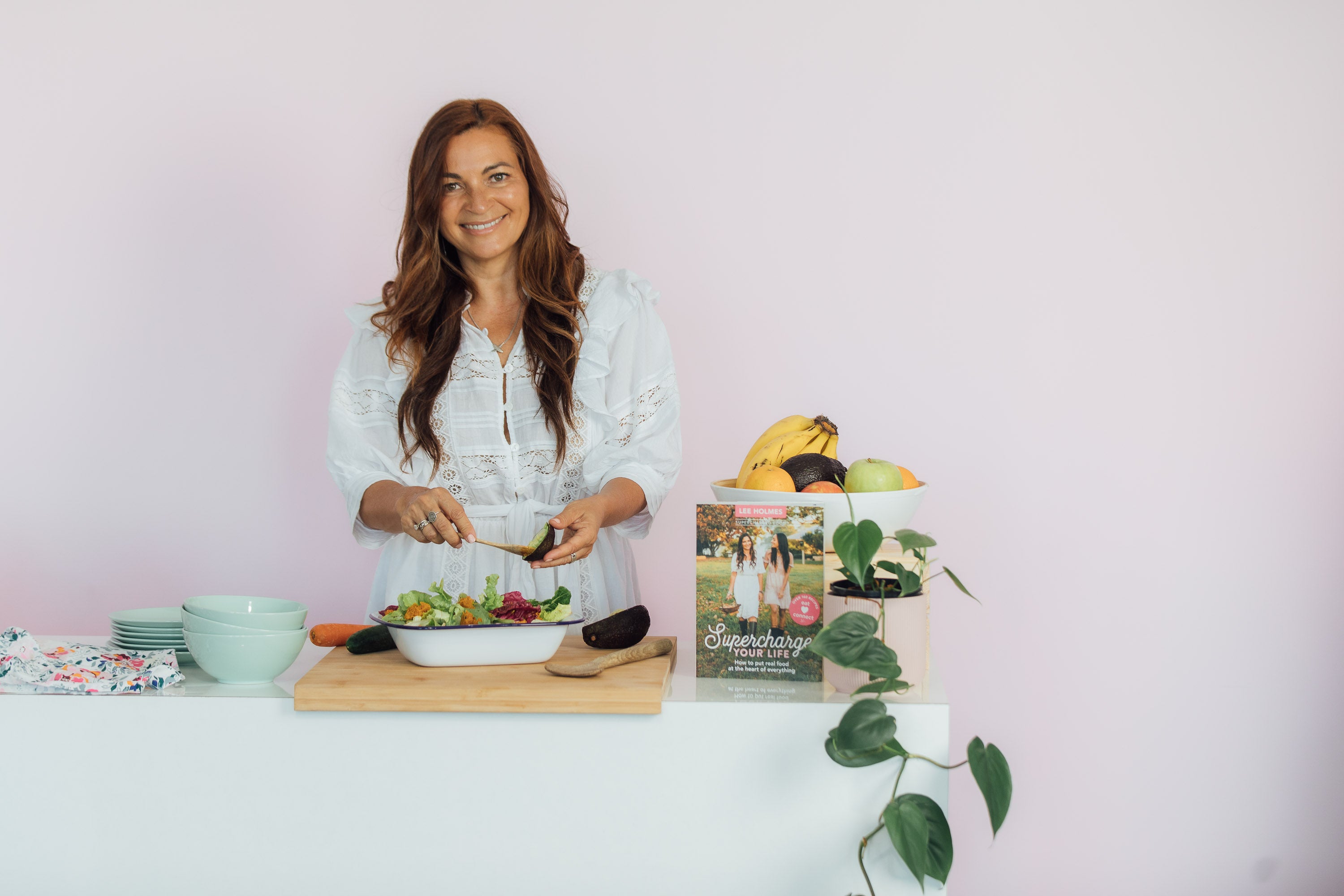
Leave a comment